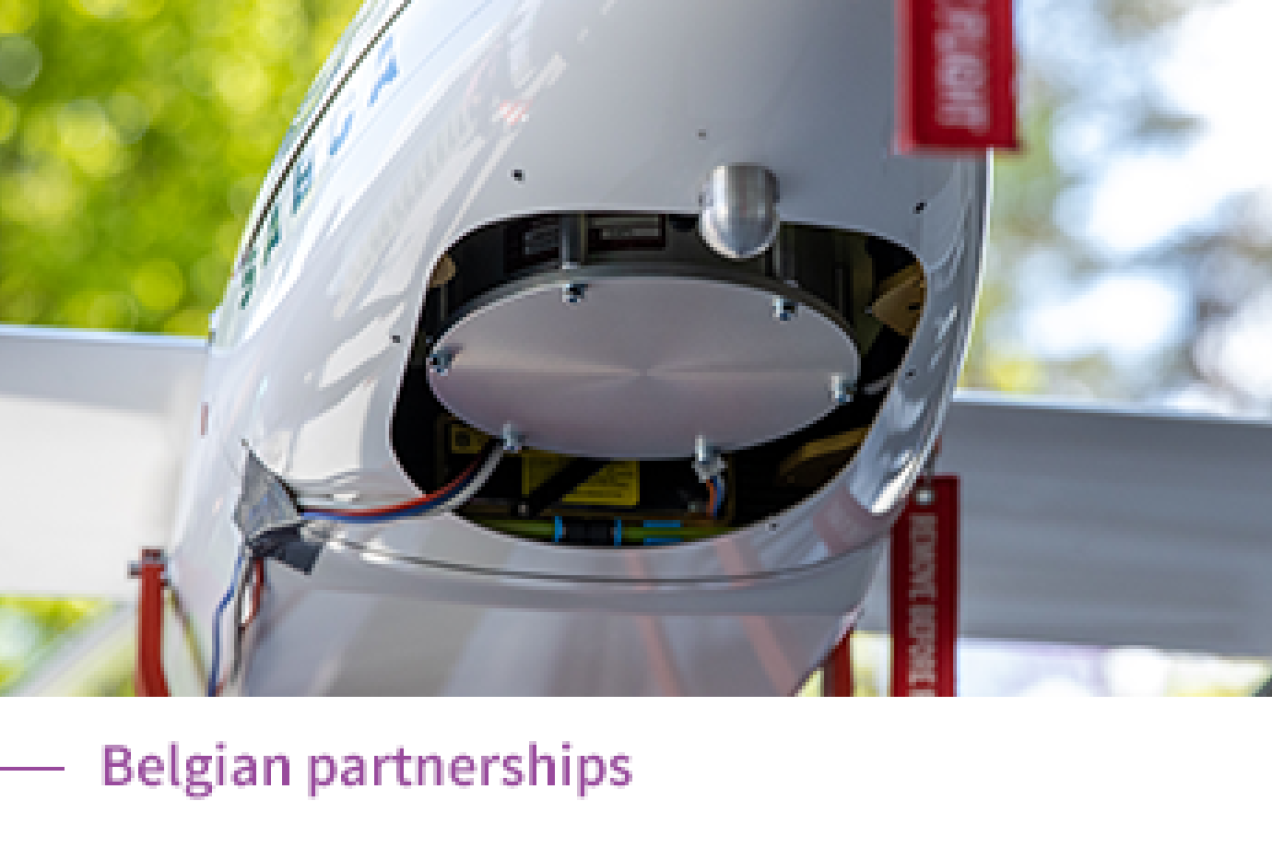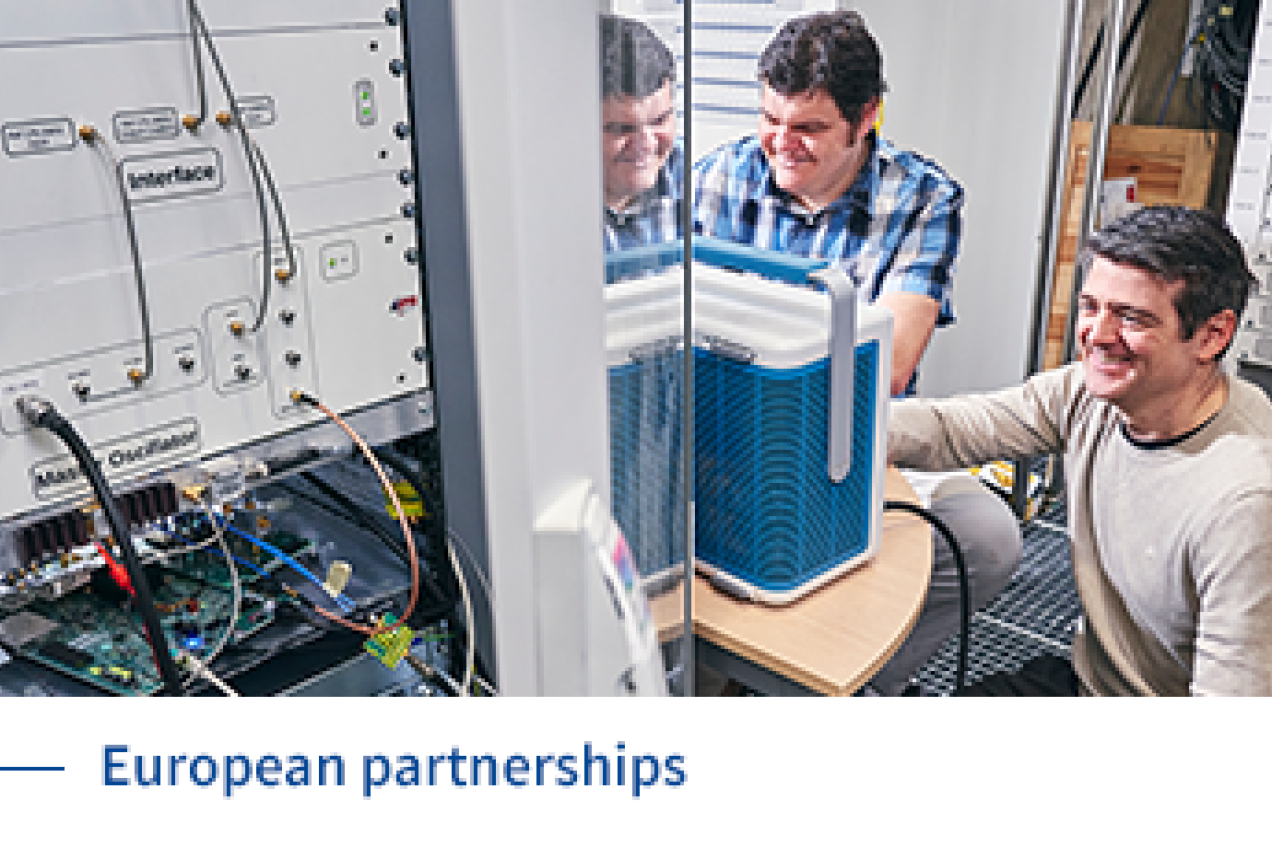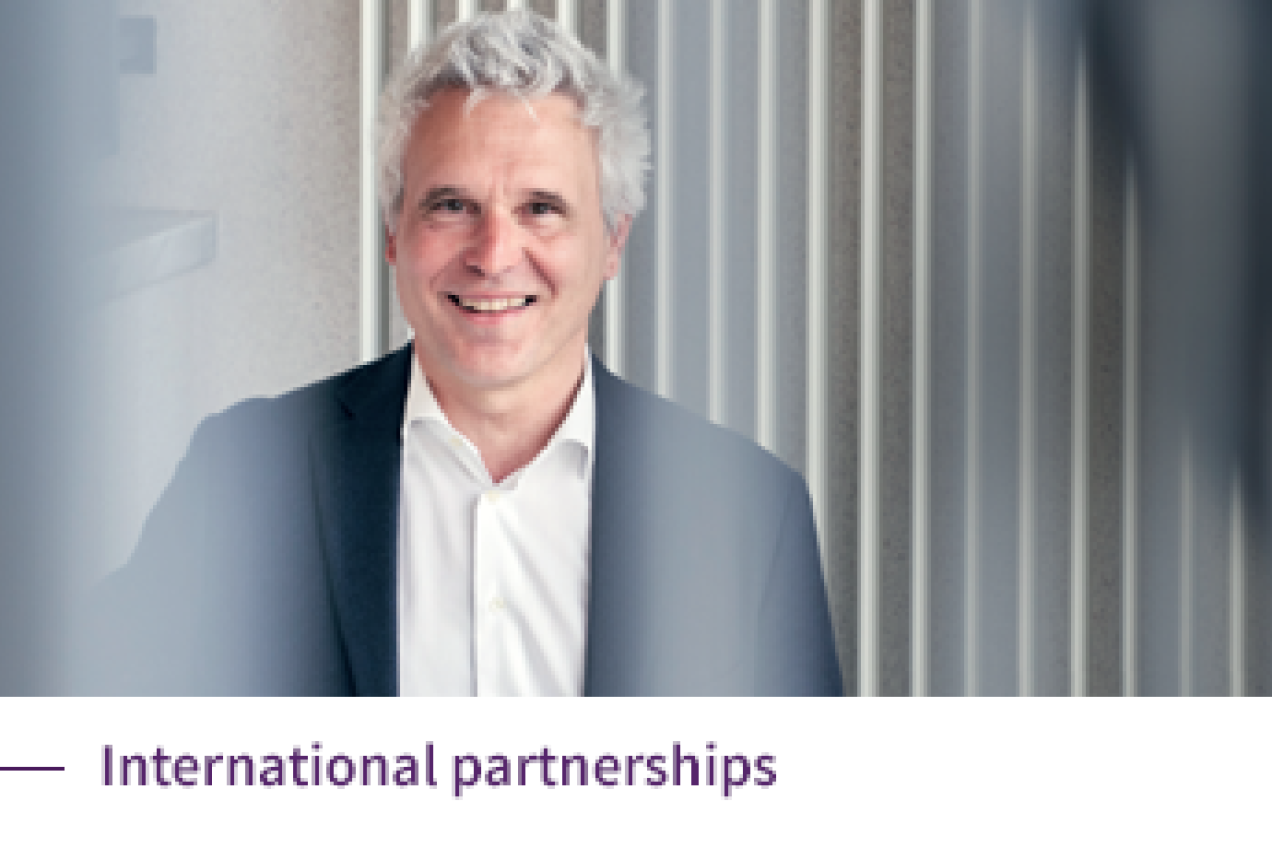BR2 gets low-enriched uranium as fuel
Research reactors around the world follow in BR2’s footsteps
In the future, the BR2 research reactor will run on lowenriched uranium. By changing its nuclear fuel, SCK CEN is helping to prevent the potential spread of highly enriched uranium – a possible component of nuclear weapons. With each new test, the nuclear research centre SCK CEN is approaching its destination: a changeover in 2026. Institutes around the world are following in SCK CEN’s footsteps as it goes down this new path.
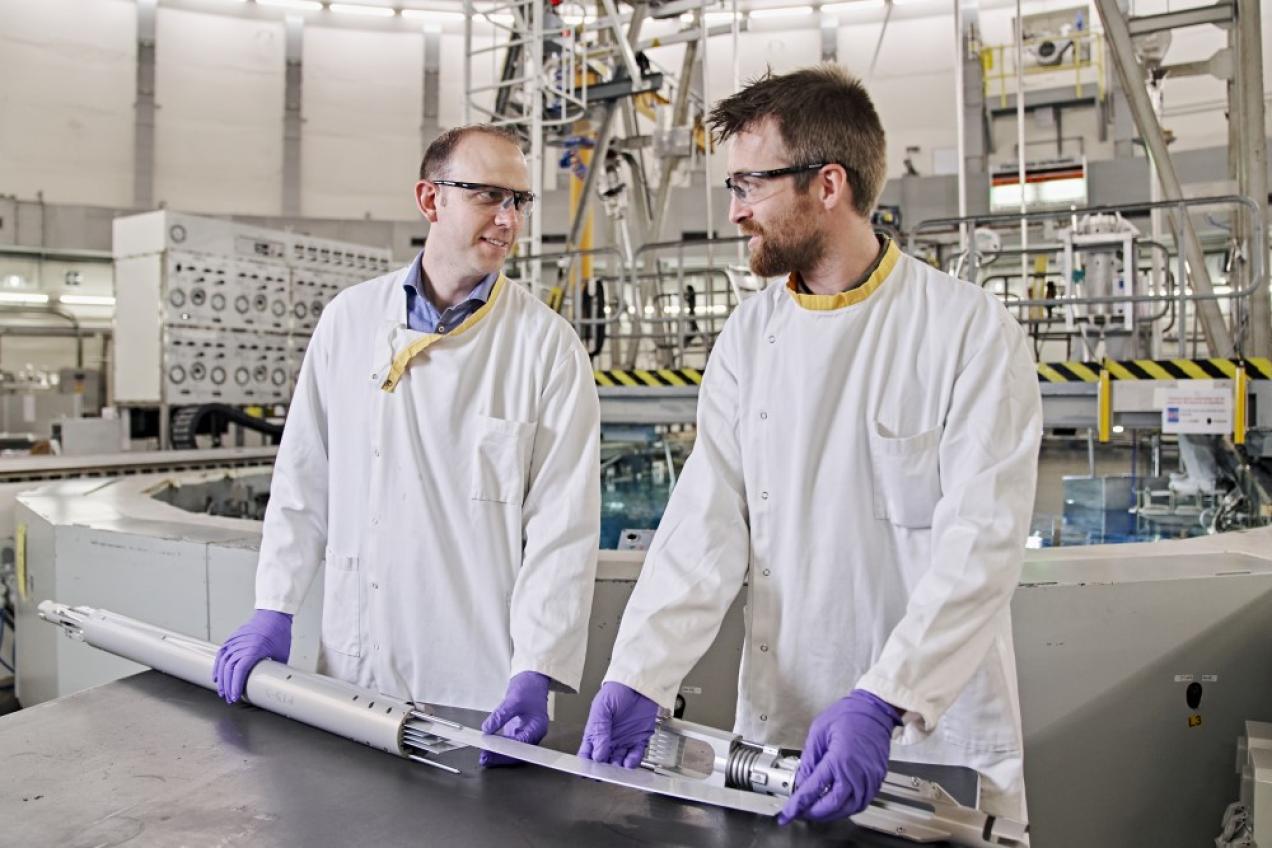
BR2 is one of the most powerful research reactors in the world. It plays a vital role in the global supply of medical radioisotopes and testing nuclear innovations. The versatile facility currently runs on highly enriched uranium. The nuclear research centre plans to replace this nuclear fuel – the fuel of a nuclear reactor – with its low-enriched variant. In 2021, nuclear researchers at SCK CEN, closely followed by international partners, made considerable progress in their preparations. If everything continues to go as planned, the research centre will be able to add another first to its impressive list of achievements. “We are aiming for 2026 to make the switch. BR2 would then be the world’s first, high-performance research reactor converted from highly enriched uranium to low-enriched uranium as fuel,” beams project leader Jared Wight. With this switch, the nuclear research centre is helping to limit the risk of proliferation of highly enriched uranium – a possible component of nuclear weapons.
Nevertheless, the nuclear fuel cannot simply be changed overnight. A comprehensive safety plan needs to be put in place before the conversion. SCK CEN must prove to the Federal Agency for Nuclear Control (FANC) - the nuclear watchdog in Belgium - that the new fuel type is as safe as the current one. “Typically, the qualification of a new fuel goes through several phases,” explains Jared Wight. In the first phase, small samples are tested in moderate conditions. This means that the power is limited and the burnup fraction - the degree to which the fuel has been burned up - goes up to 40%. “In the second phase, we expose full-size, individual fuel plates to higher power and a higher burnup fraction. In the third phase, these fuel plates are incorporated into future fuel elements and tested in real conditions. For BR2, 18 plates are incorporated into a tube-shaped fuel element.”
A challenging process
Last year, the fuel developed for BR2 went through phase two. The fuel plates stayed in the reactor core of BR2 for one to three cycles - i.e., 30 to 93 days. “By irradiating these plates, we wanted to see how the fuel behaves. It is inevitable that the fuel will swell, but this swelling process must be stable, limited and predictable. Is the fuel plate swelling too quickly and too much? Are processes occurring due to the nuclear fission, causing risks of cracks in the fuel coating? The results that emerge from our material testing should provide insight into this,” confirms Jared Wight. “During the previous tests, there were no blisters which could have caused issues.”
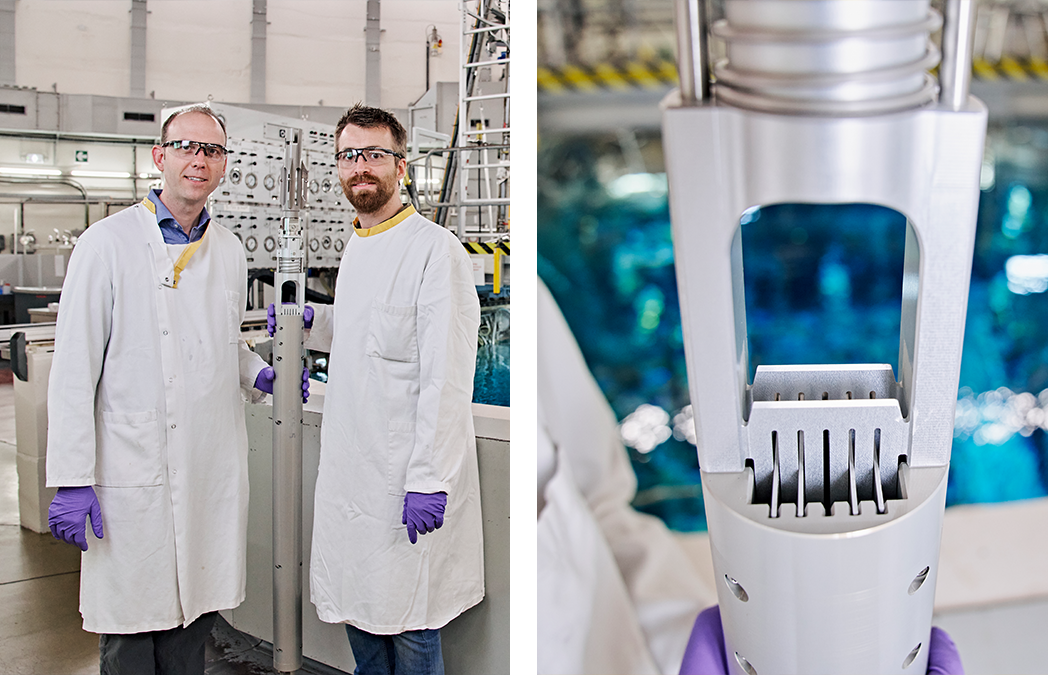
Moreover, the research reactor must not lose technical performance. “In highly enriched uranium, we can split almost all of the uranium atoms. In the case of low-enriched uranium, only one in five atoms can be split. But the nuclear fuel must be able to perform to the same level. It’s like a driver filling their car’s tank with 20% petrol and with 80% water, and still wanting to travel the same distance at the same speed,” explains Jared Wight.
In order to achieve this, the SCK CEN experts multiplied the uranium content of low-enriched uranium by 5 to bring it up to the same level as the current fuel. They did this by increasing the number of uranium grains in the fuel plates and by choosing a uranium compound with a higher density. The uranium atoms are therefore closer together. “With our tests, we are checking whether the new nuclear fuel can effectively create the same conditions we need for our technical mission. This is crucial for our customers and patients. They are counting on us.”
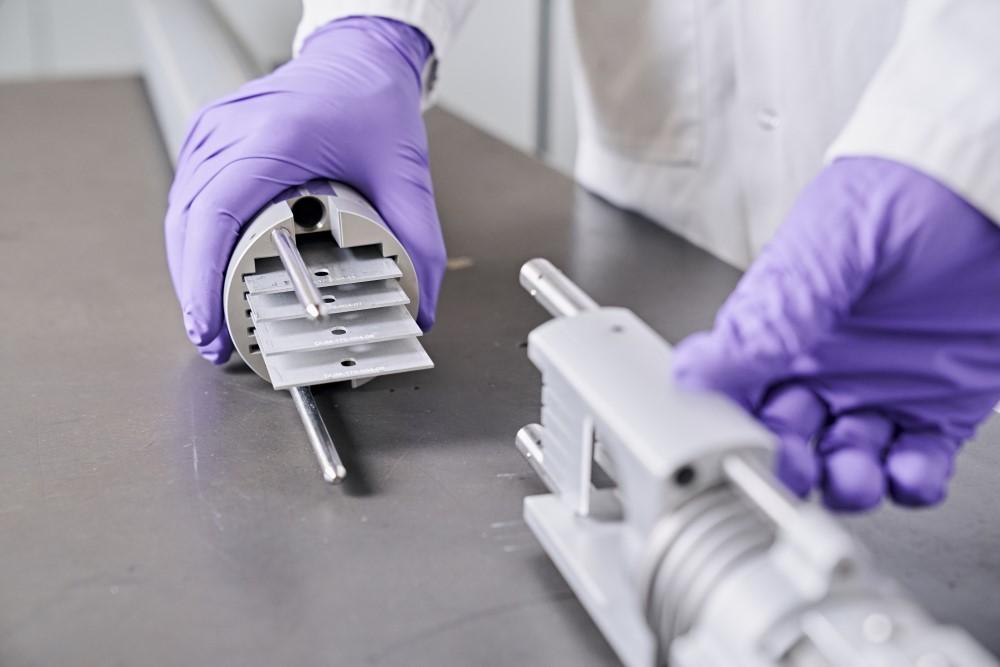
Gradual transition
The successful irradiation tests brings the researchers one step closer to their goal of switching from highly enriched to low-enriched uranium. According to the current planning, the first, low-enriched uranium fuel elements will make their appearance in the reactor core in 2026. “We refer to the ‘first’ fuel elements because the changeover will be gradual,” Jared Wight points out. For each reactor cycle, the core - consisting of around 80 irradiation channels - is rearranged. Generally, half of these channels are reserved for fuel, of which five to ten channels are for fresh fuel elements. The remaining irradiation channels are filled - according to the needs – with partly used fuel elements, experiments, or the necessary raw materials for the production of (medical) radioisotopes. “The transition to a reactor core without highly enriched uranium is important for SCK CEN. It illustrates our leadership position in the qualification of nuclear fuel with low-enriched uranium and our commitment to non-proliferation,” stresses Jared Wight. The researchers are working hard to achieve this conversion. Institutes around the world are following in SCK CEN’s footsteps as it goes down this new path.
South Korean fuel manufacturer turns to BR2
The fuel suppliers offering low-enriched uranium fuel assemblies for research reactors are few and far between. The U.S.-based BWX Technologies and France-based Framatome are the two main providers worldwide. The South Korean research institute KAERI has ambitions to join this select group. SCK CEN is helping the institute achieve this ambition. Jared Wight explains, “KAERI has developed a new type of nuclear fuel for commercial use, but has yet to qualify it. We are making our irradiation services available, to put the developed fuel elements to the test. That test is the final piece in the fuel qualification and is KAERI’s ticket to enter the market.”
United States orders material tests at BR2
The Oak Ridge National Laboratory in Tennessee also plans to run its research reactor, High Flux Isotope Reactor (HFIR), on low-enriched uranium. The reactor produces one of the highest neutron fluxes in the world. “The neutron flux describes how many atoms are split per second. A high neutron flux enables material testing and the production of unique radioisotopes. The research reactor has to be capable of high performance at the technical level, making the transition to low-enriched uranium a challenging process. The demands to be met by the new fuel are therefore high”, explains Jared Wight, project manager at SCK CEN. To qualify the fuel, the U.S. Department of Energy, through the Idaho National Laboratory, is having material tests conducted by the Belgian research centre SCK CEN. Jared Wight is proud: “It confirms the global role played by the BR2 research reactor and our researchers in this field.”
 |
BR2 as an international testing station Our BR2 research reactor dates back to the iconic ‘golden sixties’ era. The work it has done since then is equally iconic. It is one of the world’s leading ‘isotope brewers’ for medical and industrial applications, and it has also served as an international testing station for decades. Hundreds of materials and fuels have been extensively tested in its reactor core before being deployed in fission and fusion reactors. In the last twenty years, BR2 has reaffirmed that position thanks to its use for the qualification of low-enriched uranium for research reactors. Sven Van den Berghe |

